I have been a fan of monthly menu planning for the past couple of years because of the simplicity it provides for my life. It enables me to decrease my grocery shopping excursions to twice a month and have more free time to focus on my family and home. How do we do it? Learn more with my step by step guide on this process here. It may not be for everyone, but it is a fun adventure to try it out. It really takes one solid chunk of a few hours time to plan out a monthly menu that can be rotated for several months. I usually make two monthly menu plans per year – one for winter/spring and the other for summer/fall. This season we are utilizing the crockpot a lot more. I wanted to be able to prepare nutritious real food meals without consuming too much time. With three little ones, getting dinner prepared in the morning is so much easier! There is less clean up and less hassle. You will notice many of recipes below come from Crockpot 365, which we will be sampling and experimenting with this year.
Here is our updated winter/spring menu plan for the new year!
Breakfasts
These remain the same on a weekly basis with some variety:
Monday – kefir green smoothie, fried eggs, bread (muffin or toast)
Tuesday – Soaked Oatmeal w/raisins & apples
Wednesday – French toast
Thursday – Soaked Oatmeal w/raisins & apples
Friday – Eggs (Breakfast burritos) or Fruit salad, yogurt & granola
Saturday – Soaked Pancakes
Sunday – Granola or cold cereal (a quick breakfast before church), hard boiled eggs
Lunches
Lunches are a bit more flexible, as often times we will have leftovers on hand to eat from a previous meal, but if not, I keep the ingredients on hand for these ideas:
Monday – Salmon Melts
Tuesday – Egg Salad Sandwiches
Wednesday –Tomato Soup & grilled cheese sandwiches
Thursday- Ham & Cheese sandwiches, fruit/vegi, Crockpot Mac & Cheese
Friday – Peanut Butter & Jelly or regular sandwiches
Saturday – Leftovers (Saturday is generally leftover day or clean out the fridge day)
In addition to our weekly menu, we have a baking day on a weekly basis. Every Tuesday afternoon, we will rotate through restocking some nutritious snacks and baked goods, such as granola, protein bars, granola bars, muffins, and/or biscuits for various meals.
Dinners
I like to choose dinner themes for each night to work around. This time around we are using the following themes:
Monday – Stir Fry/Date night
Tuesday – Soup
Wednesday – Chicken
Thursday – Beef/Mexican
Friday – Family Night – Pizza (homemade pizza is a family favorite)
Saturday -BBQ (my hubby likes to BBQ, so I am happy to give him the opportunity!)
Sunday – leftovers, hospitality (BBQ beef sandwiches), or Baked Potato Bar
Other themes could include: crockpot, Italian, etc. I have heard other creative ideas such as Meat Monday, Taco Tuesday, etc. Have fun and be creative! Anything to make meal planning enjoyable for your household.
Here are our four weeks of dinners which we rotate monthly:
Week 1:
Monday – Stir Fry
Tuesday – Clam Chowder
Wednesday – Whole Chicken in the Crockpot (followed by slow cooking the bones to make broth)
Thursday – Beef Bourguignon in the Crockpot
Friday – Pizza w/homemade soaked crust
Saturday – Hamburgers
Sunday – Burritos w/homemade refried beans
Week 2:
Monday – Date night
Tuesday - Zuppa Tuscana
Wednesday - Chicken Curry in Crockpot (using shredded chicken from the whole chicken I made the previous week)
Thursday – Spaghetti
Friday – Fish Tacos
Saturday – Ham/Ribs on the BBQ
Sunday – Sloppy Lentils in Crockpot
Week 3:
Monday – Stir Fry
Tuesday – Chili in Crockpot (cook beans the day before in the crockpot)
Wednesday – Coconut Chicken
Thursday – Crockpot Lasagna
Friday – Pizza
Saturday – Pork Chops on BBQ or crockpot
Sunday – Baked Potato Bar
Week 4:
Monday – Date night
Tuesday – Garden Chowder
Wednesday – Chicken Cordon Bleu in Crockpot
Thursday – Fajitas or Mexican Casserole in Crockpot
Friday – Blue Cheese & Cherry Meatloaf in Crockpot
Saturday – Pot Roast
Sunday – Hospitality (BBQ Beef/Pork Sandwiches in Crockpot or Pasta Presto)
Free Templates
Winter Menu form
Monthly Menu Planner form
Looking forward to trying some new recipes this season and simplifying my life at the same time! Real food crockpot recipes here we come! What recipes are you excited to try this season?
For more on the topic of monthly menu planning, check out Simplifying Grocery Shopping & the Benefits of Monthly Menu Planning.
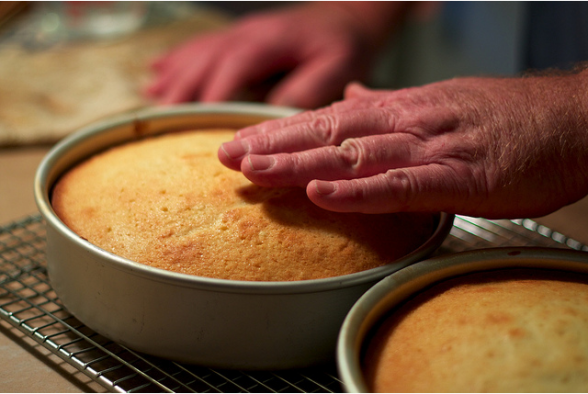
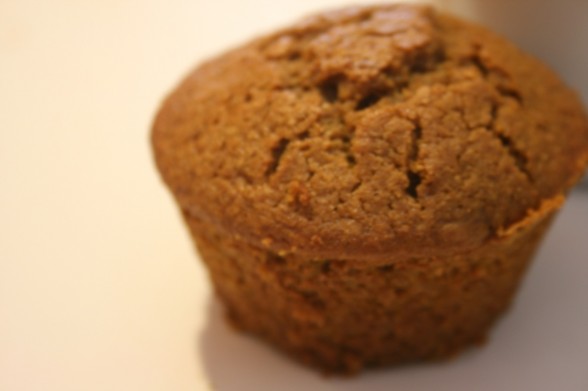 I love fall and the smells, colors, and sounds that it brings! I have been getting excited about apples, pumpkins, harvest festivals, and simply enjoying a hot cup of homemade cocoa as the cold weather sets in. Today we made some yummy healthy pumpkin muffins with good wholesome ingredients and it turned out heavenly! They were light, fluffy, and full of rich flavor. They are being consumed very quickly around here. The kids and I enjoyed them over a hot cup of homemade cocoa…ahh! The sugar and oil in this recipe can be easily adapted to what you have on hand. We just prefer these more natural choices.
I love fall and the smells, colors, and sounds that it brings! I have been getting excited about apples, pumpkins, harvest festivals, and simply enjoying a hot cup of homemade cocoa as the cold weather sets in. Today we made some yummy healthy pumpkin muffins with good wholesome ingredients and it turned out heavenly! They were light, fluffy, and full of rich flavor. They are being consumed very quickly around here. The kids and I enjoyed them over a hot cup of homemade cocoa…ahh! The sugar and oil in this recipe can be easily adapted to what you have on hand. We just prefer these more natural choices.
 For a cup of homemade cocoa to accompany your muffins, mix 1 tablespoon of cocoa powder with 1 1/2 tablespoons of honey in 8 oz of water or drizzle this
For a cup of homemade cocoa to accompany your muffins, mix 1 tablespoon of cocoa powder with 1 1/2 tablespoons of honey in 8 oz of water or drizzle this 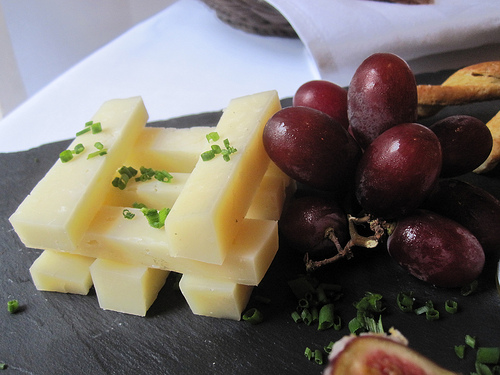
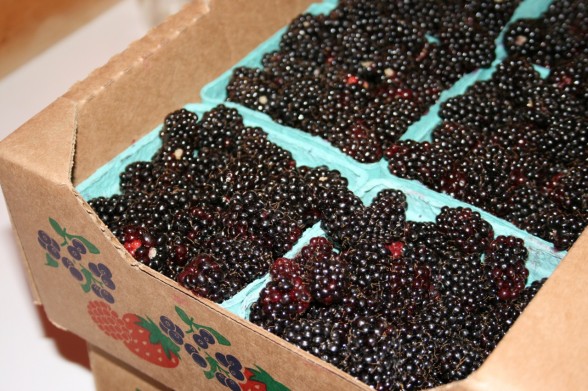 What a blessing to be finishing up stocking my freezer with good produce for the upcoming year! It is so important to our family. We love having an assortment of frozen berries for smoothies, berry sauce, berry desserts, and more. We find local sources of fresh berries when in season that have not been sprayed with various chemicals to preserve. I usually get an assortment of strawberries, raspberries, blackberries, and blueberries for our freezer each summer. Our methods for preservation are very simple. I don’t worry about layering them all out on individual cookie sheets to freeze as it requires too much space and time.
What a blessing to be finishing up stocking my freezer with good produce for the upcoming year! It is so important to our family. We love having an assortment of frozen berries for smoothies, berry sauce, berry desserts, and more. We find local sources of fresh berries when in season that have not been sprayed with various chemicals to preserve. I usually get an assortment of strawberries, raspberries, blackberries, and blueberries for our freezer each summer. Our methods for preservation are very simple. I don’t worry about layering them all out on individual cookie sheets to freeze as it requires too much space and time.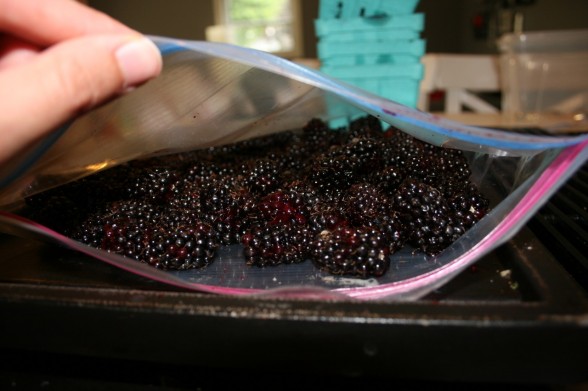
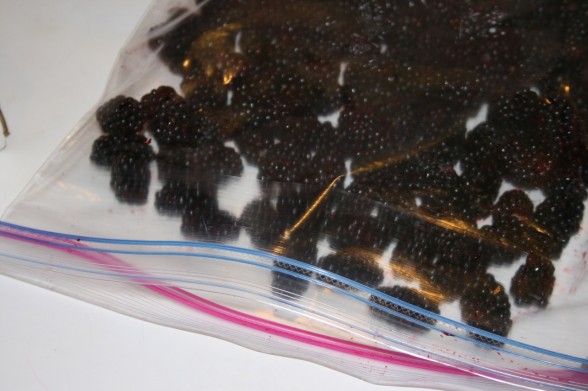 2. Layer the berries in individual gallon size freezer Ziploc bags. Chose the quality brand that are specifically designed for freezer use because you want them to protect your investment of fruit! I empty two pints of berries per Ziploc and gently spread them out in a thin layer. I want to avoid them sticking together, so make sure not to overcrowd them. One to two layers of berries is most effective.
2. Layer the berries in individual gallon size freezer Ziploc bags. Chose the quality brand that are specifically designed for freezer use because you want them to protect your investment of fruit! I empty two pints of berries per Ziploc and gently spread them out in a thin layer. I want to avoid them sticking together, so make sure not to overcrowd them. One to two layers of berries is most effective.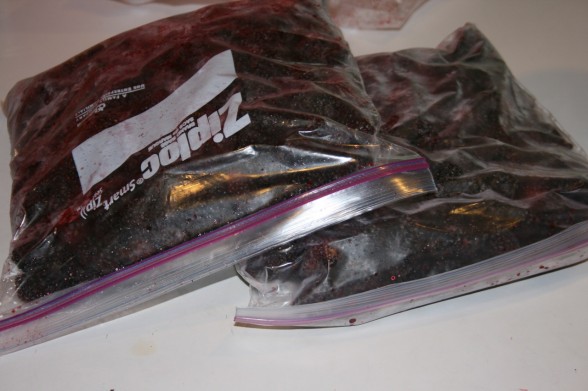
 So you are on a quest for eating more nutritionally as a family and yet the task appears rather daunting. Do I have to develop a whole new menu plan with healthy recipes? Who wants to throw out all your family favorite recipes that have been passed down? Or those favorite comfort foods that make your family feel so satisfied and rejuvenated? The last thing any of us moms want to do is start from scratch when it comes to healthy real food eating.
So you are on a quest for eating more nutritionally as a family and yet the task appears rather daunting. Do I have to develop a whole new menu plan with healthy recipes? Who wants to throw out all your family favorite recipes that have been passed down? Or those favorite comfort foods that make your family feel so satisfied and rejuvenated? The last thing any of us moms want to do is start from scratch when it comes to healthy real food eating.
 Since I spend a lot of time in the kitchen between preparing meals and cleanup, I am always looking for further ways of increasing my productivity in this environment. Here are some of my favorite recommendations:
Since I spend a lot of time in the kitchen between preparing meals and cleanup, I am always looking for further ways of increasing my productivity in this environment. Here are some of my favorite recommendations: 10. Keep a running shopping list on the fridge.
10. Keep a running shopping list on the fridge. We are huge fans of fish tacos at our house – it is one of my hubby’s favorite dishes and a wonderful summer meal. Plus it is super easy and healthy at the same time. A fun way to add some good nutritional fish to your diet, especially if you are like us and don’t really care for it alone. This recipe uses a
We are huge fans of fish tacos at our house – it is one of my hubby’s favorite dishes and a wonderful summer meal. Plus it is super easy and healthy at the same time. A fun way to add some good nutritional fish to your diet, especially if you are like us and don’t really care for it alone. This recipe uses a 
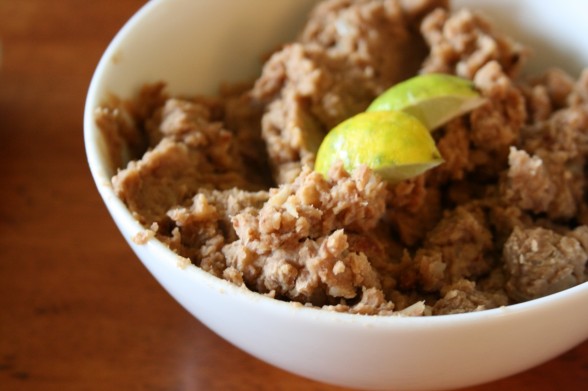 I love easy simple meals that are full of healthy ingredients but don’t require a lot of time or energy to prepare! Burritos is one of those that provides a well balanced meal with lots of flavor and as much variety as you desire. You can add meat of any kind and spice it up with a little taco seasoning mix, or keep to a basic flavorful refried bean for the frugal minded. There are numerous recipes out there for refried beans, but here is our concoction to get you inspired! We make a large batch of refried beans at one time and I freeze them in smaller batches for future easy meals (lunches or dinners). I will put quart size mason jars of refrieds in the freezer for easy access. This cuts down on your work and makes it more simple.
I love easy simple meals that are full of healthy ingredients but don’t require a lot of time or energy to prepare! Burritos is one of those that provides a well balanced meal with lots of flavor and as much variety as you desire. You can add meat of any kind and spice it up with a little taco seasoning mix, or keep to a basic flavorful refried bean for the frugal minded. There are numerous recipes out there for refried beans, but here is our concoction to get you inspired! We make a large batch of refried beans at one time and I freeze them in smaller batches for future easy meals (lunches or dinners). I will put quart size mason jars of refrieds in the freezer for easy access. This cuts down on your work and makes it more simple.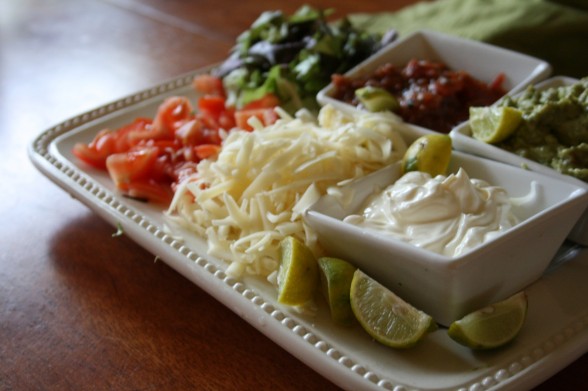 Our favorite toppings include: salsa (our
Our favorite toppings include: salsa (our